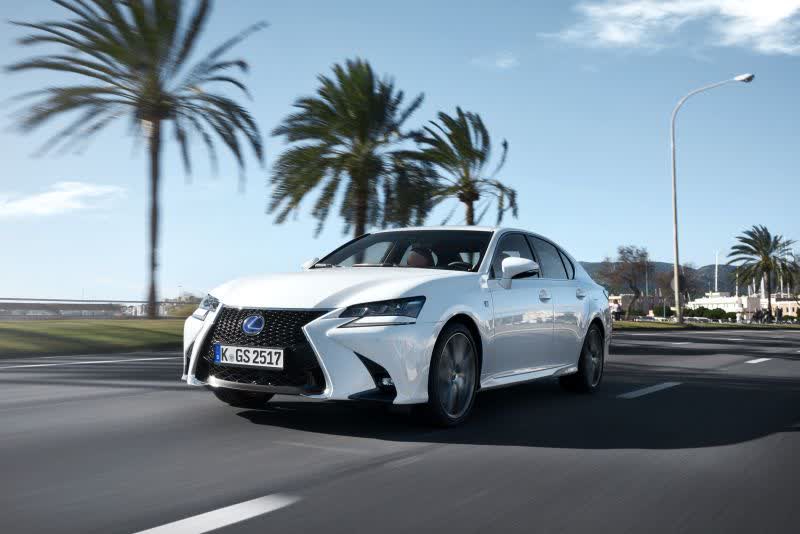Alles, was Sie über Spezifikationen und Leistung wissen müssen - Lexus GS 2018 - 300 (241 Hp) Automatic

Übersicht:
Welchen Hubraum hat ein Lexus GS 2018?
Die Motorkapazität des Lexus GS 2018 beträgt 1998.
Lexus GS 2018 Wie viele PS?
Die Motorleistung des Lexus GS 2018 beträgt 241 Hp @ 5800 rpm..
Was ist die Lexus GS 2018-Engine?
Lexus GS 2018-Engine ist 8AR-FTS. (Klicken Sie hier, um andere Autos mit demselben Motor anzuzeigen.)
Wie viel Benzin verbraucht ein Lexus GS 2018?
Der Lexus GS 2018 verbraucht 9 Liter Benzin pro 100 km
Welches Öl wird für einen Lexus GS 2018-Motor empfohlen?
Das empfohlene Öl für einen Lexus GS 2018-Automotor ist 5W-30.
Welche Art von Nockenwellenübertragungssystem wird in einem Lexus GS 2018-Motor verwendet?
Kette wird zur Übertragung von Bewegung verwendet.
Allgemein:
Motor:
Leistung:
Platzangebot:
Abmessungen:
Antrieb, Fahrwerk und Bremsen:
Siehe auch

Andere Generation.
Die Produktion begann im Jahr 2000 bis 2005

Gleicher Motor. (8AR-FTS).
Die Produktion begann im Jahr 2015 bis 2018

Gleicher Motor. (8AR-FTS).
Die Produktion begann im Jahr 2015 bis 2017

Gleiches Produktionsjahr und nahezu gleicher Hubraum.
Die Produktion begann im Jahr 2018 bis 2020

Gleiches Produktionsjahr und nahezu gleicher Hubraum.
Die Produktion begann im Jahr 2018 bis 2020

Gleiches Produktionsjahr und nahezu gleicher Hubraum.
Die Produktion begann im Jahr 2018 bis jetzt

Kommentar schreiben